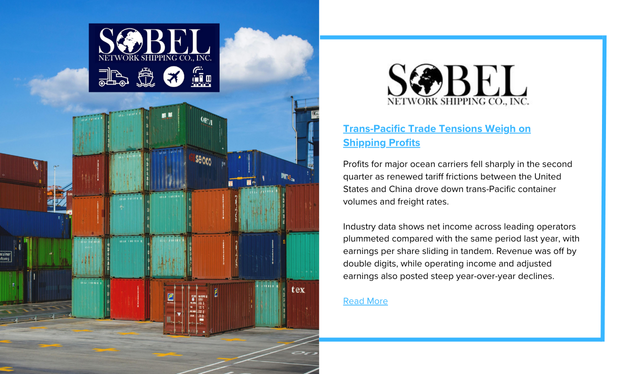Profits for major ocean carriers fell sharply in the second quarter as renewed tariff frictions between the United States and China drove down trans-Pacific container volumes and freight rates.
Industry data shows net income across leading operators plummeted compared with the same period last year, with earnings per share sliding in tandem. Revenue was off by double digits, while operating income and adjusted earnings also posted steep year-over-year declines.
Container throughput dipped by mid-single digits, and average freight rates per unit dropped more than 10%, reflecting softer demand and heightened market uncertainty.
Analysts note that shipping companies remain highly exposed to spot market swings on Asia–U.S. routes, making them particularly vulnerable to policy shifts and trade disruptions. The volatility in rates has underscored both the risks of reliance on trans-Pacific volumes and the potential resilience offered by diversified trade lanes.
Despite the earnings pressure, operators have modestly raised full-year profit guidance, pointing to leaner cost structures, expanded capacity, and a younger fleet as strategic advantages. With vessels averaging fewer than seven years of age, many carriers believe they are well positioned to pivot quickly as trade flows shift.
The broader takeaway is that while geopolitical and trade-policy shocks continue to reverberate through container markets, structural adjustments in fleet management and cost efficiency could provide a buffer, enabling operators to weather turbulence and capture upside when demand rebounds.


